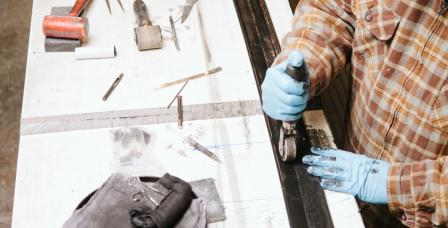Rubber seals may look simple, but they actually rely on sound geometric design and high-quality materials to achieve their functionality. Understanding basic seal geometry — including basic inflation and deflation directions — allows our team to properly develop these seals for your applications.
Directional Inflation
Rubber seals have three basic directions in which they can inflate or deflate: axial, radial-in, and radial-out. Seals that inflate and deflate in an axial direction inflate up and out to fill a space. With radial-in inflation, seals expand inward, which allows them to hold items in place. Rubber seals that use radial-out inflation and deflation are able to expand outward.
Product Application
As part of the development process, we will review the blueprints and plans for your application to determine the direction the seal needs to inflate. To make sure we get it right, we may contact you for more information or even conduct an on-site review.
Each seal direction has its own specific parameters. Accounting for important measurements like the height of inflation (or stroke of the seal) and the centerline bend radius ensure that the finished product lives up to performance requirements.
Seal geometry can be more complex than you might realize — and that’s where Seal Master comes in. By entrusting design and manufacturing to our team of experts, you can have confidence that the finished rubber seal will perfectly meet your application needs.
